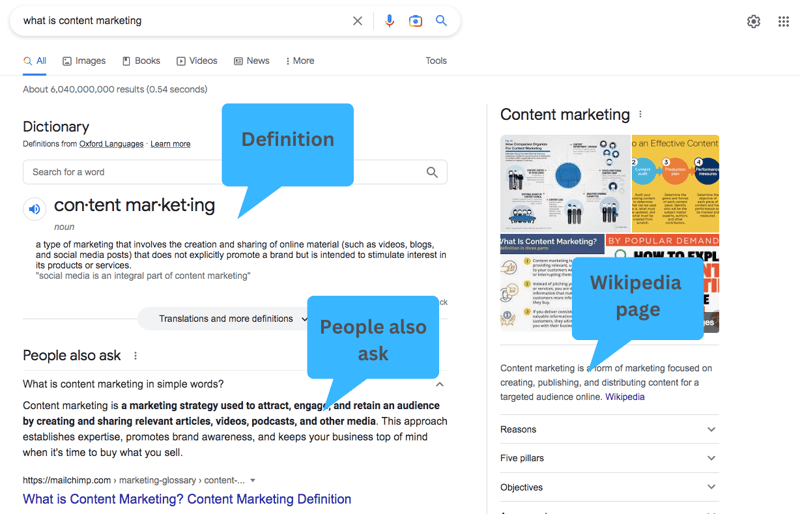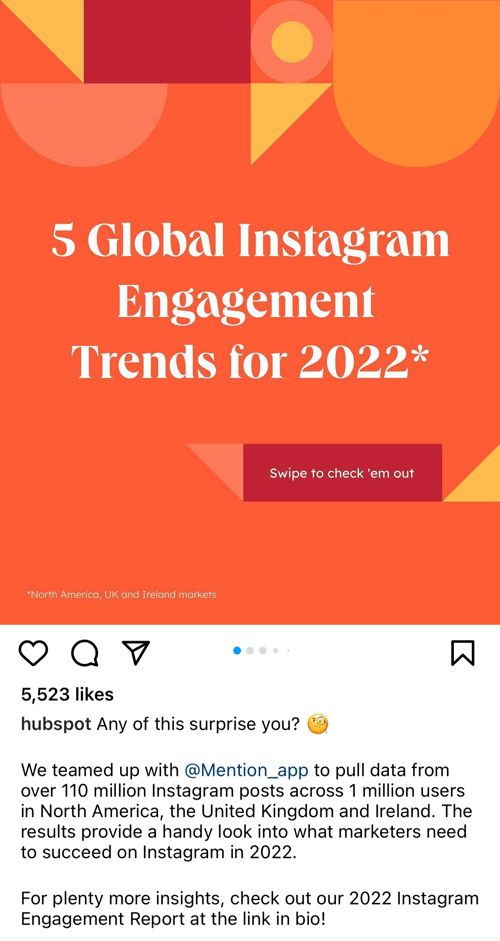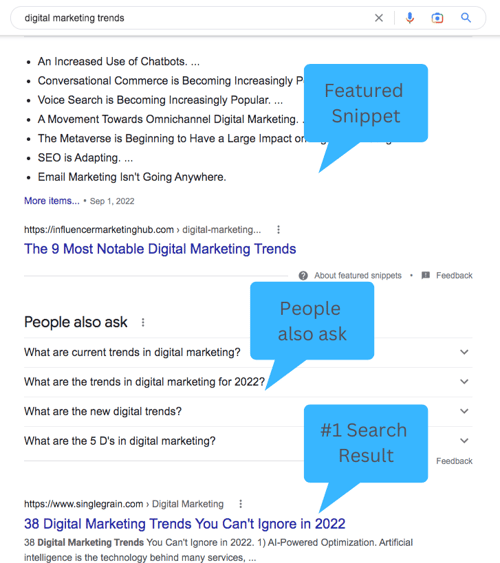What does your content distribution strategy look like? Are you doing more than sharing links on all your channels?
The way most of us promote our content – by sharing links on social media and through email – is getting outdated. Attention spans are getting shorter and social media sites are working harder than ever to keep users on their platforms.
So what’s a content marketer to do these days? In this post, I am going to tell you about native content and how you can use it to get your message across to more people.
What is native content?
Before we dive in, I need to explain what I mean by “native content.”
I am not talking about native advertising, sponsored content, sponsored posts, or any other type of paid media. This is not the ads-disguised-as-articles trick that we’ve all fallen for.
What I want to talk about in this post is a better way to distribute the content you are already creating.
Native content is content that lives within the platform it is being distributed on. It is formatted and optimized to be viewed in a specific context and does not require readers to click a link.
In other words, it’s about posting content directly to social media instead of sending followers to your blog or website. That may seem counterintuitive, but it’s not. Trust me.
Why is native content important?
The old methods of content distribution are becoming less effective with each algorithm update. Social media platforms don’t like it when you link out and they are starting to limit posts that contain external hyperlinks.
According to a study conducted by Hootsuite, LinkedIn posts without external links got 6x more reach than posts with external links. And we already know that Facebook prefers native videos to YouTube links.
It isn’t limited to social media, either. Content marketers and SEOs have long suspected that Google wants to keep a larger share of its traffic. Last year, SparkToro did some research and claimed that in 2020, two thirds of Google searches ended without a click. And while those claims did spark some controversy, we can’t deny that it’s easier than ever for searchers to get what they need without clicking any links. Just look at the example below:
When it comes to content marketing, traditional KPIs such as clicks and sessions are no longer reliable metrics of success. We need to find new ways to get our message across without taking people off platform and look for signs of engagement such as impressions, likes, comments, shares, follows, etc.
How To Use Native Content in Your Marketing Strategy
Native content is content that is native to a specific platform. That can mean a Twitter thread, a Linkedin post, an Instagram Reel, etc. The idea is to make the content easily consumable for somebody who is scrolling down the page without having to leave the platform they are currently on.
To better illustrate what I mean, here are some examples of how to incorporate native content into your strategy:
How to use native content for social media
Social media platforms are a lot like bars and restaurants; they all have different vibes and attract different crowds. This means that you’ll have to test different concepts to see what works best for you and your audience. Here are some ideas to get you started:
- Extract the key takeaway from a recent piece of content and use it to start a Twitter thread.
- Take a blog post and truncate it to 100 words or so. Use it for a LinkedIn post.
- Turn your blog post or ebook into an Instagram carousel, or make a video recap and turn it into a Reel.
And here are some real-life examples of native content implemented successfully on social media:
This is the beginning of a long Twitter thread started by Databox to promote a new case study. Notice how it does more than drop the link. It actually delivers a lot of the content right then and there so users don’t have to click through unless they want to.
This is an Instagram post from HubSpot promoting a new report. Notice how they converted the information into a carousel – a popular format on this particular platform.
How to use native content for organic search
Your audience is busy. They might not have time to read an entire web page or blog post to find the answer they are looking for.
Google knows this and they’ve optimized their SERPs to display helpful content upfront – no clicking necessary.
One of the most popular SERP elements Google introduced recently is the featured snippet. Essentially, it gives people the answer they want right at the top of the page, ahead of the #1 search result. See this example:
You can use this to your advantage by optimizing your own content to show up as a featured snippet. Ironically, winning a featured snippet can give your CTRs a huge boost.
It’s Time to Evolve Your Content Strategy
As marketers, it’s our job to keep up with the changing society and culture that we live in. Sticking to a single formula for too long will only get you in trouble so it’s important to experiment with new ideas.
Over the next year, platform-native content is going to be one of the biggest game changers in the content marketing world. If you’re looking to update your strategy but need some guidance or assistance, contact WEBITMD to learn how we can help.


.jpg)







.jpg)



.jpg)





![5 Reports to Elevate Your HubSpot Sales Dashboard [+ Examples]](https://blog.webitmd.com/hs-fs/hubfs/Imported_Blog_Media/6-winning-examples-of-a-hubspot-sales-dashboard-2.png?width=767&name=6-winning-examples-of-a-hubspot-sales-dashboard-2.png)